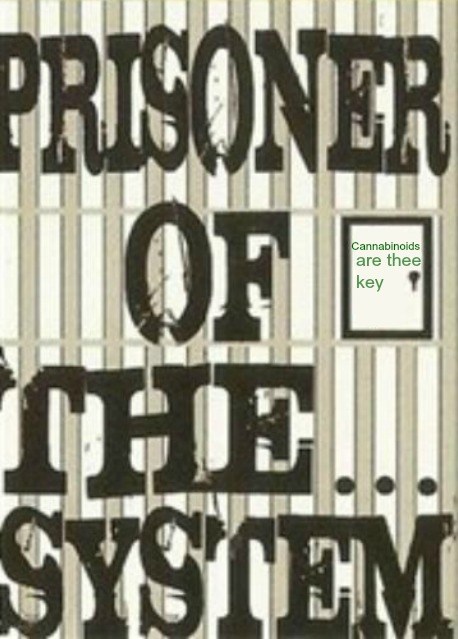Effect of low doses of cannabidiolic acid and ondansetron on LiCl-induced conditioned gaping (a model of nausea-induced behaviour) in rats.
Effect of low doses of cannabidiolic acid and ondansetron on LiCl-induced conditioned gaping (a model of nausea-induced behaviour) in rats.
Source
Department of Psychology, University of Guelph, Guelph, ON, Canada.
Abstract
BACKGROUD AND PURPOSE:
To determine the minimally effective dose of cannabidiolic acid (CBDA) that effectively reduces lithium chloride (LiCl)-induced conditioned gaping reactions (nausea-induced behaviour) in rats and to determine if these low systemic doses of CBDA (5 – 0.1 μg kg-1 ) relative to those of CBD could potentiate the anti-nausea effects of the classic 5-hydroxytryptamine 3 (5-HT3 ) receptor antagonist., ondansetron (OND).
EXPERIMENTAL APPROACH:
We investigated the efficacy of low doses of CBDA to suppress acute nausea, assessed by the establishment of conditioned gaping to a LiCl-paired flavour in rats. The potential of threshold and subthreshold doses of CBDA to enhance the reduction of nausea-induced conditioned gaping by OND were then determined.
KEY RESULTS:
CBDA (at doses as low as 0.5 μg kg-1 ) suppressed nausea-induced conditioned gaping to a flavour. A low dose of OND (1.0 μg kg-1 ) alone reduced nausea-induced conditioned gaping, but when it was combined with a subthreshold dose of CBDA (0.1 μg kg-1 ) there was an enhancement in the suppression of LiCl-induced conditioned gaping.
CONCLUSIONS AND IMPLICATIONS:
CBDA potently reduced conditioned gaping in rats, even at low doses and enhanced the anti-nausea effect of a low dose of OND. These findings suggest that combining low doses of CBDA and OND will more effectively treat acute nausea in chemotherapy patients.
© 2013 The Authors. British Journal of Pharmacology © 2013 The British Pharmacological Society.
- PMID:
23488964
[PubMed – as supplied by publisher]



